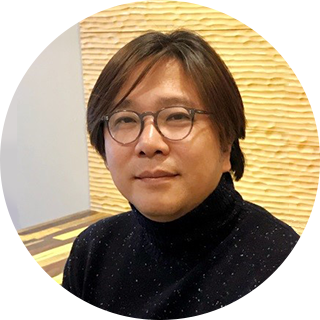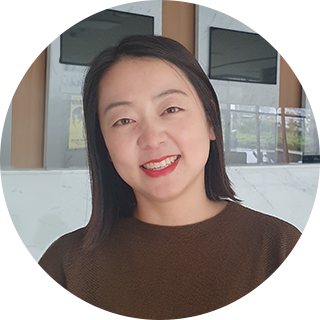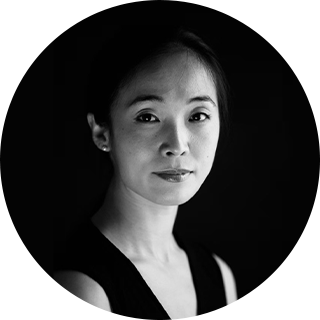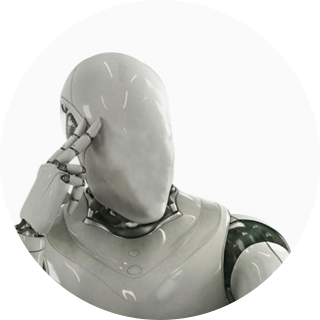You will meet the scenes of international exchange of the performing arts sector in Busan including dance festival, art centre and alternative arts. By sharing current information on international exchanges and mobility scenes in Busan, it aims to make new connections with local performing arts professionals and to create international collaborations in the future.
- Date
- Oct.14th(Wed) 21:00-22:00
- LINK
- KAMS Youtube Channel
- reminder
PANELS

Seung-wook Lee Creative Plan b
Seung. W. LEE participated in the planning of numerous performing arts festivals including the Independent Arts Festival and Puppet Festival Chuncheon. Since 2010, he has been involved in diverse local cultural activities (e.g. cultural policy research and consulting and cultural urban regeneration) in Busan.
Creative Plan b carries out diverse cultural projects. First, it conducts research and consulting projects focused on cultural policy that reflects voices in the cultural scene. This is to form a healthy local ecosystem of arts and culture. Second, it provides training programs for arts and culture professionals. Third, it develops content highlighting local values. Fourth, it runs creative arts and culture projects.

Ju-eun AnDeputy director, BUSAN CULTURAL CENTER
Ju-eun An is the deputy director of BUSAN CULTURAL CENTER, programming season program especially international companies, and Busan local companies. She workes as the international coordinator of Modern Dance Festival(MODAFE) 2004-2005 and manager of international market development of KAMS 2006-2017.
The Busan Cultural Center, which opened in 1988, is a comprehensive cultural and artistic space with six theaters, three exhibition halls and seven arts organizations including music, theater and dance. It has been serving citizen needs for culture for over 30 years. With the launch of the Foundation in January 2017 and the merge with the Busan Citizen’s Hall in October 2017, we are striving to take a step closer to Busan citizens and local artists to provide more professional operation and better cultural services.

Eun-ju ShinArtistic director of the Busan International Dance Market
Eun-ju Shin serves as the artistic director of the Busan International Dance Market, Eunju SHIN Dance Company and Busan Dance Space SHIN. She is a choreographer, dancer and educator.
The Busan International Dance Market is Korea’s only festival-type arts market focused on dance.
Vison of the Busan International Dance Market is:
- Domestic and international distribution of dance performances through the market’s local platform
- Training of new artists through the market’s incubation program for young artists
- Formation of a local community through dance and movement
- Medium and long-term collaboration among local and international artists through international co-production projects

Kun-woo Kim Founder, Funny Revenge
Kun-woo Kim founded alternative cultural activities organization Funny Revenge in 2003. Since then, he has planned and organized festivals, exhibitions and performances based on diversity and experimentalism. He also established an independent cultural space called AGIT, which developed into a creative space at Jangseong Market in Busan, in order to connect spaces where daily life and art can coexist. In 2020, he is making an ecological, artistic and technological community village in the Oryun-dong area. The art world he dreams of consists in looking at the world from a new and keen perspective, in walking hand in hand with those in need and in taking action to ‘live together.’
Founded in 2003, alternative cultural activities organization Funny Revenge plans and organizes festivals, exhibitions and performances based on the culture of the young.
The organization established and ran an independent cultural space called AGIT from 2008 to 2014. In 2015, they moved to a bigger space in a market in the Jangjeon-dong area near Pusan National University. They have run this space as a space for creation, residence and an art-based archive shop. Since 2018, they have added another space for ecological, artistic and technological creation and presentation in an unused warehouse located near the Hoedongsuwonji Lake in the Geumjeong-gu district in Busan. Such activities have contributed to forming an ecosystem where the imagination of creators (artists) flows from the organization’s space to the village and to the city.








